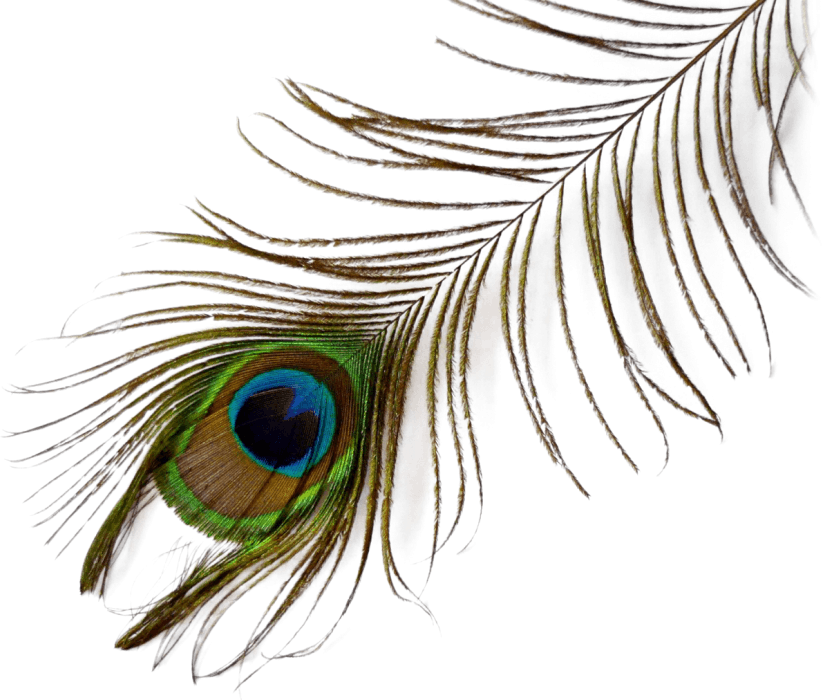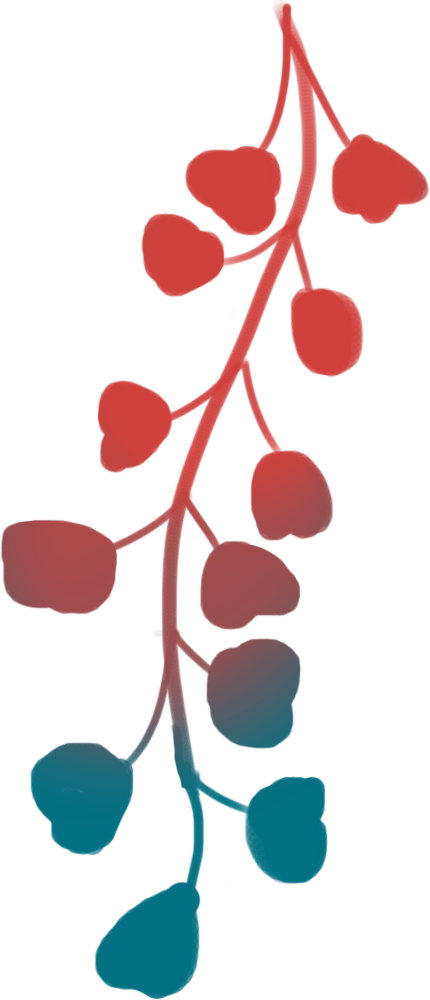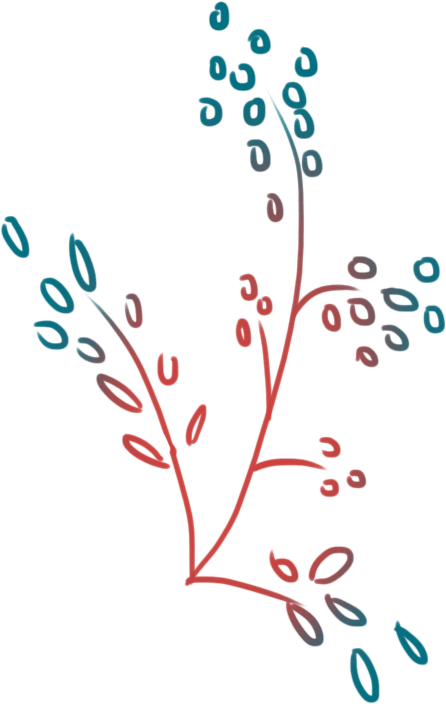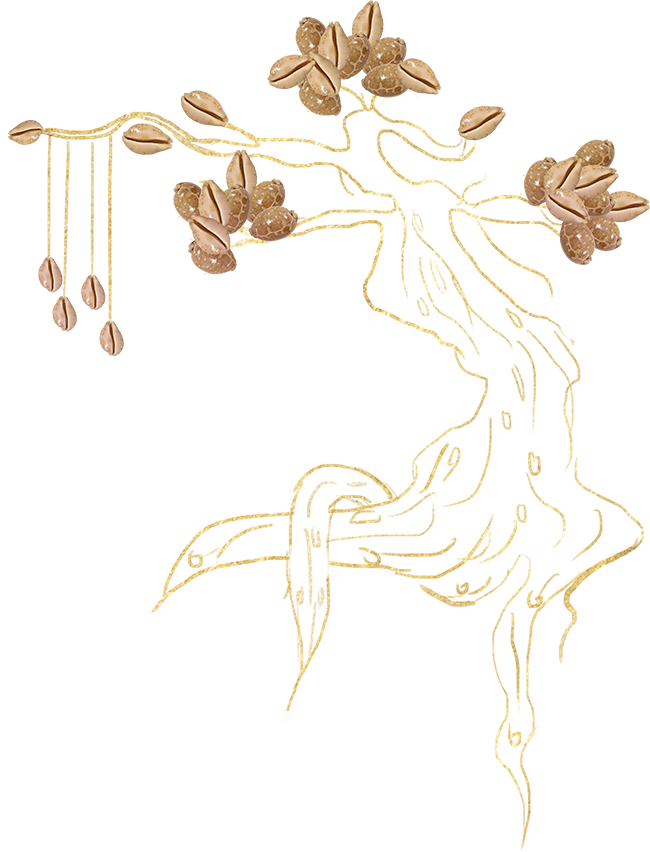



Everything we want to change in the world around us also exists right here in our bodies. We carry the histories of our people’s trauma and our people’s resilient strength. We are raised as part of families and kin networks that are shaped by these histories. Centuries of Indigenous teachings from around the world name oppression, colonization and white supremacy as held on a cellular level and passed down through generations. Western science, which includes the newest epigenetic research, is only recently coming to the same conclusion: the impact of violence does not disappear but instead imprints on the collective body. Violence—perpetrated not only by state institutions but also by families and in communities—is passed down from one generation to the next, until repair, restoration, healing and transformation can take place.
Movement work means continually interrupting, challenging, witnessing and being directly impacted by similar incidents of violence, again and again. This means that movement work can directly trigger the generational violence that is held in both the individual and collective bodies. The impact of this ongoing triggering and layering of trauma on individual and collective bodies impacts the integrity and dignity of our lives and it impacts movement work.
“I have been thinking how all of our ancestors have survived horrible things and overcome them. I have thought about how we are a product of struggle and we have found each other and held each other and come out the other end somehow. Our ancestors have so many lessons for us. In this moment it’s hard for our younger folks and our people on the ground to remember how amazingly strong and resilient we are and that we will be okay even if we aren’t okay. I really believe that. I think this is a big part of centering healing right now, a big task of those who want to do healing work in this moment. We have to build and integrate practices that help us remember our histories, our ancestors and our survival.
Francisca Porchas, Mijente and Resilient Strategies
Organizing and healing are not separate from each other. Both are focused on reconnection and repair towards an interdependent and thriving collective liberation. A healing justice framework supports practices that help us to rest and reconnect while making sure our lives and locations are secure and safe enough for us to do our work. Not everyone who does this work calls it healing justice. Folks on the ground also call it spiritual work, creative work, cultural work and transformational work. Whatever you call it, healing justice strives to integrate and transform how historical, generational and individual trauma impacts our people in movements. This increases individual and collective resilience for dealing with present-time violence and struggle by minimizing the impact of unfinished historical and generational trauma. This integration increases the strength and long-term sustainability of our movements.
“Healing justice doesn’t stand in isolation. It’s informed and grounded by economic, racial, disability and reproductive justice movements. Healing justice is constantly in conversation with and deeply embedded within all of these different movements and also can’t fully thrive unless it is standing strongly with the wisdom of these different movements. To hold it in isolation does a real disservice and harm; it means we do not fully understand the lived realities and possibilities of the communities and movements that we are working to sustain and nourish. Healing justice is an homage to the legacies of resilience and resistance that we have come from, that inform how we heal and how we are accountable to healing into the future.
Adaku Utah, Harriet’s Apothecary
Healing justice work has to be grounded in a community’s particular experiences, traditions and needs, and it has to be able to shift and change. The needs of movements are constantly changing, impacted by sudden incidents of violence, by political changes and by changes in the lives of those doing the work. The uncertain nature of conditions on the ground increases a community’s need for healing justice practices while also making it difficult to get enough time and space to slow down and implement those practices. This can make organizations feel stuck, uncertain of how to make change but clear that something must shift.
The healing justice practices that we learned about emerged from cultural traditions of a community’s membership, relationships already established with different kinds of practitioners in community and the creative energy of the organizers in relationship with these community resources. Whether bringing in traditional healers or therapists or singing together, the shape and form of these practices are deeply defined by the languages and practices of each specific group.
“A lot of organizations just need support. We are in a political moment of such great upheaval. So many things are shifting quickly. The fractures and fissures we see make sense in this context and we know that the ways we have been operating inside of our organizations no longer work. I am being asked by organizations: how do we build a stronger center together, how do we claim practices we can return to, how does healing justice inform our political strategies, how do we use this as an opportunity to get more responsive, more agile, more connected? Folks need support because the terrain is changing. A lot of organizations will not make it through this period because conflict is going to tear folks apart. Our lack of skill around dealing with mental health is going to tear our people and our organizations apart. Our organizations need to get better grounded, and rather than building stronger walls, we have to focus on building our connective tissue. Our work needs support and this moment is an opportunity to build that support.
Prentis Hemphill, Resilient Strategies, BOLD, generative somatics
Organizations and movements need access to more healing justice practitioners who have shared lived experience with the communities they are working with. Many of those we talked with are building networks of healers and/or health practitioners, including birth workers, energy workers, herbalists, body-based practitioners and other forms of healers, to make healing and wellness more accessible. They are building relationships with practitioners both within and outside of mainstream medicine, yet there still aren’t enough practitioners who are politicized and ready to work within movement spaces.
There is a strong need for the support of people who can hold space and attend to conflict in organizations and movements, and who can hold deep and complex trauma when it shows up among individual community members. There is also a need for regular consistent spaces for practice, including clinic spaces, ongoing open circles and pop-up care spaces. And finally, this work has to be supported. Many we spoke with reflected on how healing practitioners are often asked to respond to urgent community needs when there are no resources to support the healers.
“There is a deep and important relationship between work and healing. Everyone wants to talk about healing justice until you say you have to pay for it and you can’t work healers to death and that to really do this work, you have to commit to restructuring the way you do movement. Healing justice is not going to get any deeper unless we restructure the way that our organizations relate to work.
DJ Hudson, Southerners on New Ground
People are looking for organizational models that are transformational in their alignment with a healing justice framework. This means looking at organizational budgeting and human resources policies including hiring and firing, conflict and grievances, supervision and sick or wellness leave within the context of understanding the impact of historical and generational trauma on the people who make up our organizations. It means looking at how relationships and communication are supported at work alongside expectations of the timeline and content of work productivity. How our organizations are structured shapes how people experience themselves in the workplace.
Ensuring the wellbeing and safety of our people on the ground also means creating and maintaining security plans that include information security—that is, protecting organizational resources such as contact lists, strategy documents and materials that point to movement actions and intents. And this is where it comes full circle: the need to keep information safe and secure is not just about safety and security systems; it is also about an organizer’s and organization’s wellness. Trauma defines the kind of safety we feel is possible and it shapes our relationships to ourselves and each other. Practices that support dealing with this trauma together help ensure the safety of the individual and the safety of the organizational resources that each member has access to. Healing justice is not just about what happens on the sidelines; it’s about how a whole system operates in support of transformation.
“This is always a question of capacity. We want the people leading our movements to be the ones most impacted by the oppression we are seeking to destroy. But then, how do we keep them in this work? How do we increase retention of our most impacted people? Retention as a concept doesn’t even begin to get at it. How do I fully center you instead of marginalizing you or using your life as an object? How do you lead the movement in a way that fully honors the truth of your life and the impact of this work on you? From an HR perspective, it’s really hard. For self-care, people need to set their own schedules. We are sick. We are disabled. We have trauma and we are asking each other to confront systemic and collective trauma every single day. There is impact in the work so how do we fully take care of each other while continuing to move the work forward?
Tasha Amezcua, Former Staff of Audre Lorde Project
Sometimes relationships fall apart or a conflict means that work fails or stops before it can start again. Those we interviewed spoke of conflict within organizations and between organizations and movements. They talked about the sense of scarcity and competition that can grow between organizations and movements and the way that conflict can prevent deeper partnerships that could build capacity and the scale of the work. Everyone we spoke with shared a need for deepened skills on tending to conflict and struggle in transformative ways—in ways that can hold compassion for the truth of past and present pain, provide space for these intensities to be witnessed and expressed and help people move closer together rather than further apart. These moments of conflict hold the potential for some of our strongest relationship- and movement-building to take place, building integrated groups of people who have taken risks and been vulnerable together.
Healing justice, as a part of and in relationship to transformative justice,1 provides a framework for understanding why conflict happens and supports practices that can help movements and organizations come together to name the trauma and to work towards its transformation. Unfortunately, organizations often feel caution around telling funders about internal conflict and struggle out of fear of reprisal or loss of support.
“Conflict always has a lot to do with trauma, and skillfully navigating conflict is challenging. It’s something we have to get good at. We have to understand accountability even more deeply and understand and experience the possibilities inside accountability. Conflict is this site where our deepest fears and longings surface. It can really feel like life or death for folks because so many things have been life or death. That is where I have been putting a lot of my attention lately, trying to understand what is happening inside of conflict and to understand skillful ways of moving through it. Conflict is a powerful force for learning and it is also a powerful force for tearing us apart.
Prentis Hemphill, Resilient Strategies, BOLD, generative somatics
Funders don’t just fund this work but are in it alongside organizers. The organizers we spoke with were clear about funders needing not only to resource healing justice and holistic security work, but also to build their own practices and understanding of how generational trauma has shaped their work. Indeed, many funders are asking similar questions about their relationship to the resources they manage and distribute. Funders are assessing their relationship to power, looking at what they are asking of grantee partners and why they are making the requests they make, and talking more directly about the histories that have determined who has access to resources and who does not. Different types of funders have different types of access and constraints. Public foundations, especially those that are community-led, are more likely to experience some of the same stresses that movement organizations experience. Private funders often have greater ability to make time for rest and integration. But in general, funders have more space to try new things and fail. Funders can set the pace, determining grant schedules and influencing grantee partner activities.
“It also is important that funders are in practice. None of us escape trauma and violence. We are all impacted by violence and systems of domination and oppression. We are what we practice and so when we stop the natural process of healing from what is happening or we disengage or actively choose not to ground ourselves inside of healing practices that help us move towards embodiment, we end up replicating systems of domination that cause harm. Part of how funders get to understand healing justice is by being inside of a community of practice and accountability. This makes it even more real and makes it more than this thing that we are excited about in this hot moment. This work is about our lives. This is about the restoration of our lives.
Adaku Utah, Harriet’s Apothecary
© 2019 Astraea Lesbian Foundation For Justice